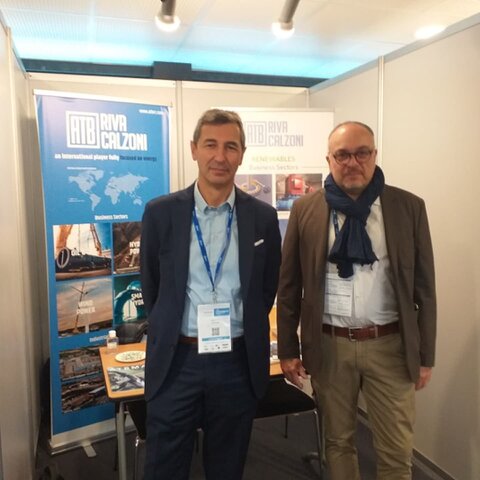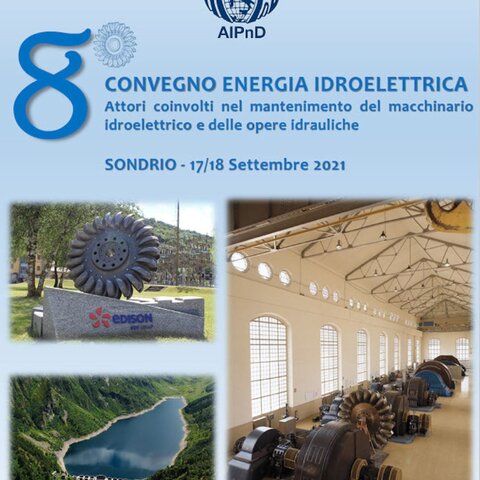It is a good time to analyze Hydro Energia’s results, and not just from a strictly financial standpoint. Over the last 18 months the company, acquired 100% by ATB Riva Calzoni in September 2016, has implemented an overall development plan that involved the internal organization of the company, the product itself, and the business strategies adopted in the different markets. Elmondo Presutti, Chief Executive Officer of Hydro Energia is the first to make an initial analysis of the results achieved in 2017.
He comments that “We have behind us a year and a half of successes in which we have practically doubled our order volume with 24 million in new orders, consolidated our position in Italy, and strengthened relations with the main Italian multi-utilities”. Targeted marketing and calibrated sales strategies have returned reassuring results even on foreign markets. “The company has also strengthened its business structure through the ATB Riva Calzoni sales network, now present in 26 countries. We have worked hard on the promotion of the brand and our capabilities in the small hydro sector also through our participation in events and international fairs in Latin America, South East Asia, Africa, the Balkans and Eurasia.” From the operational point of view 2017 was a positive and encouraging year. In total, nine hydroelectric power plants were installed, ranging from 0.3 to 5.0 MW, six built and commissioned and another three revamped. Particularly satisfying was our work in Zabzun, Borove, Denas, and Sebishte in Albania and Crava in Italy.
The idea to open the Artogne plant, specifically for renewables, proved to be a winning idea, enabling the company to start the improvement of the supply chain and procurement management, concentrating manufacturing and pre-assembly in a single location. The strongest push for the growth of the company will soon be noticeable as a result of the investment program Hydro Energia has put in motion for research and development. In fact, during 2017, technological development activities focused mainly on two areas: optimization of turbine performance and smart operation standards.
Federico Tartaro, COO of Hydro Energia explains that “the first area was addressed along two lines, both still underway. The first is the improvement of the design and methods of application of profiles, to obtain higher yields in terms of performance or to obtain an improvement of the hydraulic behavior with respect to, for example, the critical phenomena such as cavitation resistance”. This activity was mainly based on the design and implementation of proprietary calculation tools, and on the use of CFD (Computational Fluid Dynamics) tools to simulate the behavior of the profiles in question. “The second line concerns the engineering and preparation of a highly accurate measurement and traceability system, using the best sensor and data acquisition technologies available today to enable the validation and calibration in the field, with the maximum certainty, on a prototype operating on the engineering hypotheses”.
As anticipated, concrete progress has been made in applying smart operation concepts. “Quality, continuity and control during operation are critical for achieving good results from hydroelectric projects”. In order to make the best use of the internal expertise in the analysis, prevention, and follow-up of the possible problems of already operational plants, a set of software tools, web-based and supported by open source logics, was developed to enable a low cost, effective, smart approach to the acquisition and processing of critical plant parameters. Mr. Tartaro adds that “These tools, in addition to providing our technicians with effective diagnostic tools, are available for free to all Hydro Energia customers as part of the technology package developed with a simple and always accessible interface independent of the device. The package is in fact able to make the status and trends of the plant parameters immediately available. The purpose of all of this is to bring small hydro technologies closer to the IoT (Internet of Things) paradigm in order to provide plant operators with artificial intelligence tools for the analysis and prevention of anomalies and failures”.



















